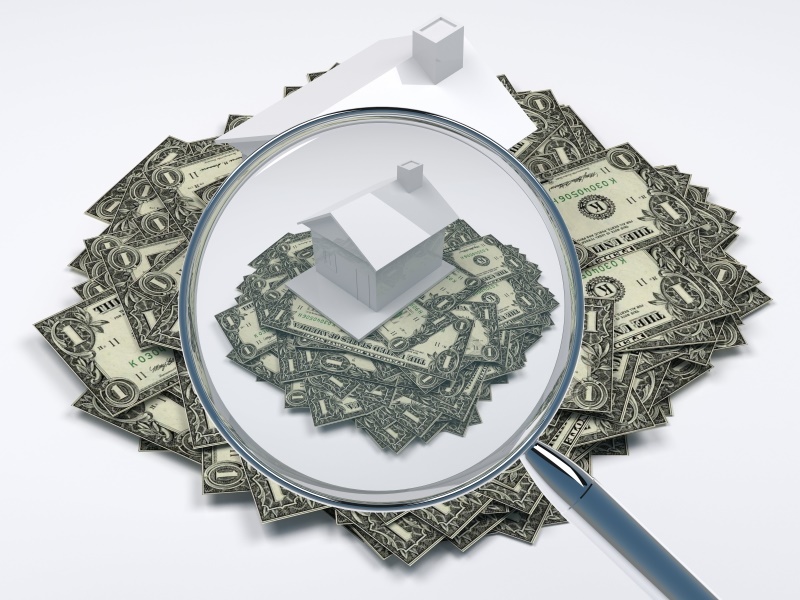 Each year, large corporations reap tremendous savings by claiming the federal Research and Experimentation (R&E) Tax Credit. Unfortunately, many smaller businesses associate the terms “research and experimentation” with high-tech or scientific pursuits and therefore assume that their activities would not qualify for the credit. In reality, the benefits of the R&E Credit extend far beyond the laboratory; businesses such as architecture and engineering firms routinely qualify. By eliminating their costly misconceptions, businesses can take the first step towards harnessing substantial savings under the R&E Credit.
Each year, large corporations reap tremendous savings by claiming the federal Research and Experimentation (R&E) Tax Credit. Unfortunately, many smaller businesses associate the terms “research and experimentation” with high-tech or scientific pursuits and therefore assume that their activities would not qualify for the credit. In reality, the benefits of the R&E Credit extend far beyond the laboratory; businesses such as architecture and engineering firms routinely qualify. By eliminating their costly misconceptions, businesses can take the first step towards harnessing substantial savings under the R&E Credit.
Capital Review Group (CRG) assisted a client that employed architects and engineers to design new or improved buildings. After CRG examined the steps involved in each of the client’s projects, reviewed supporting documentation, and calculated qualified research expenses (QREs) under the R&E Credit, the client netted nearly $163,000 in tax savings between 2012 and 2014.
In order to satisfy the requirements imposed by the R&E Credit, a taxpayer’s activities must meet each prong of a four-part test:
- The purpose of the activity must be to create new or improve the existing functionality of a business component. In the case of CRG’s client, the purpose of the projects was to design new buildings or improvements to existing buildings.
- The taxpayer must intend to eliminate uncertainty about the project. At the outset of each of its projects, CRG’s client faced numerous uncertainties. For example, the team of engineers and architects had to determine what the optimal designs would be for each building, which materials should be used, how zoning and other regulatory challenges would be met, and how to achieve specific goals, such as LEED certification, within budgetary constraints.
- The taxpayer must engage in a systematic process of experimentation designed to evaluate one or more alternatives. In the initial phase, CRG’s client developed various designs and mockups to evaluate the strengths and limitations of each concept. These concepts were further refined through engineering calculations, computer modeling, field experiments, and more detailed design drawings. Eventually, some designs were eliminated as better alternatives were selected.
- The process of experimentation must be technological in nature and must fundamentally rely upon the principles of the physical or biological sciences, engineering, or computer science. CRG’s client employed engineering techniques in order to develop the most efficient and functional designs.
Meticulous documentation of qualified research activities is essential when claiming the R&E Tax Credit. The client kept track of the time spent by each employee working on these projects and also saved documentation such as testing protocols and test records. CRG reviewed these records, determined that the activities qualified for the credit, and calculated the client’s QREs, which are defined as the wages of employees working on qualified research projects and amounts paid for supplies used in the performance of qualified research. In determining the amount of QREs, CRG applied the “substantially all” rule, which states that when employees devote at least 80 percent of their time to qualified R&E activities, 100 percent of their time may be counted under the credit. The results were a tax savings of $87,401 in 2012, $20,650 in 2013, and $55,010 in 2014. Taxpayers may carry excess credits back for one year and forward for up to twenty years.
Wondering if your projects may qualify for the R&E Credit? Capital Review Group offers the expertise needed to optimize your tax savings. Contact us today 877-666-5539